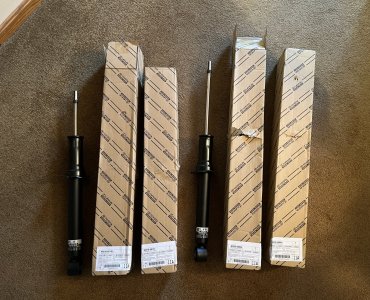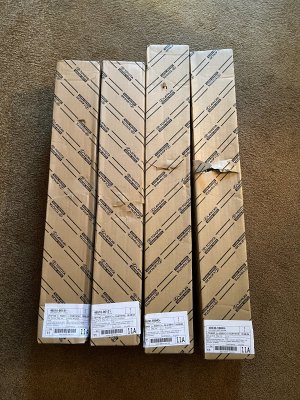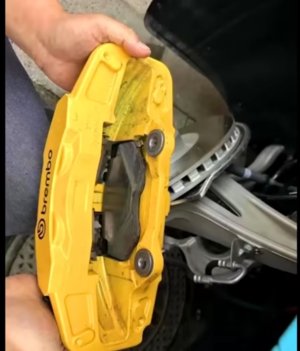- Mar 14, 2018
- 372
- 585
1. When financing a new vehicle, you should be putting at least 30% down. If not, you are paying an absorbent amount of interest on a depreciating asset and will have negative equity when you go to trade-in or re-sell it.
2. When buying a used vehicle, first try for a Certified Pre-Owned model. If the used vehicle is out of warranty, see if the dealer will include it in the purchase price. This may eat up the dealer's profit considering aftermarket warranties range between $2-4,000 but at least try. If they will not negotiate on the sales price, then negotiate on the warranty price. If they will not negotiate on the warranty price, then make sure you are best friends with a mechanic.
3. When leasing, you should be putting $0 to $5000 down if the vehicle is priced less than $100k. A lease down payment only serves to get your monthly payment to where you want it to be.
2. When buying a used vehicle, first try for a Certified Pre-Owned model. If the used vehicle is out of warranty, see if the dealer will include it in the purchase price. This may eat up the dealer's profit considering aftermarket warranties range between $2-4,000 but at least try. If they will not negotiate on the sales price, then negotiate on the warranty price. If they will not negotiate on the warranty price, then make sure you are best friends with a mechanic.
3. When leasing, you should be putting $0 to $5000 down if the vehicle is priced less than $100k. A lease down payment only serves to get your monthly payment to where you want it to be.



 Untitled
Untitled Untitled
Untitled



































